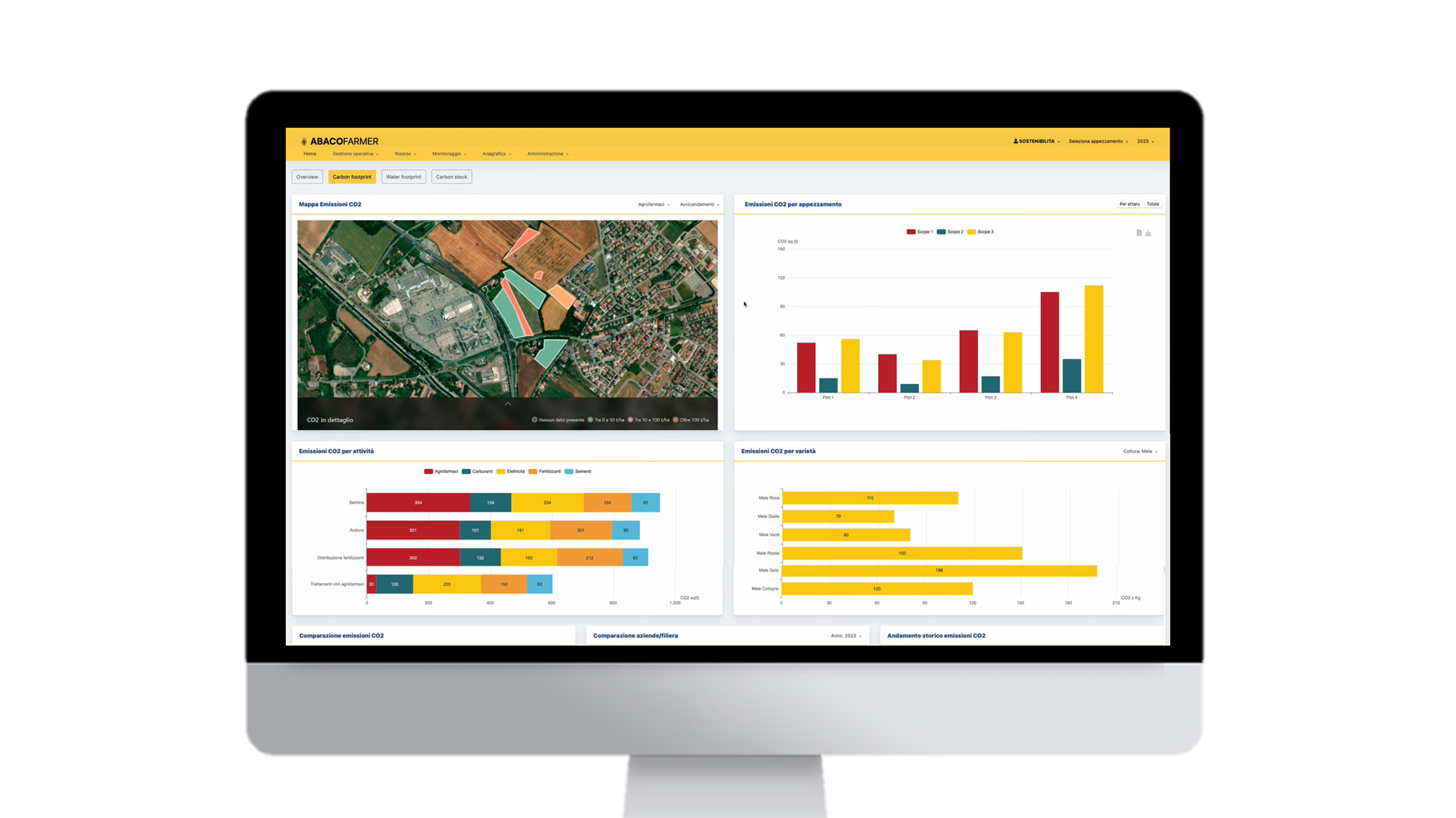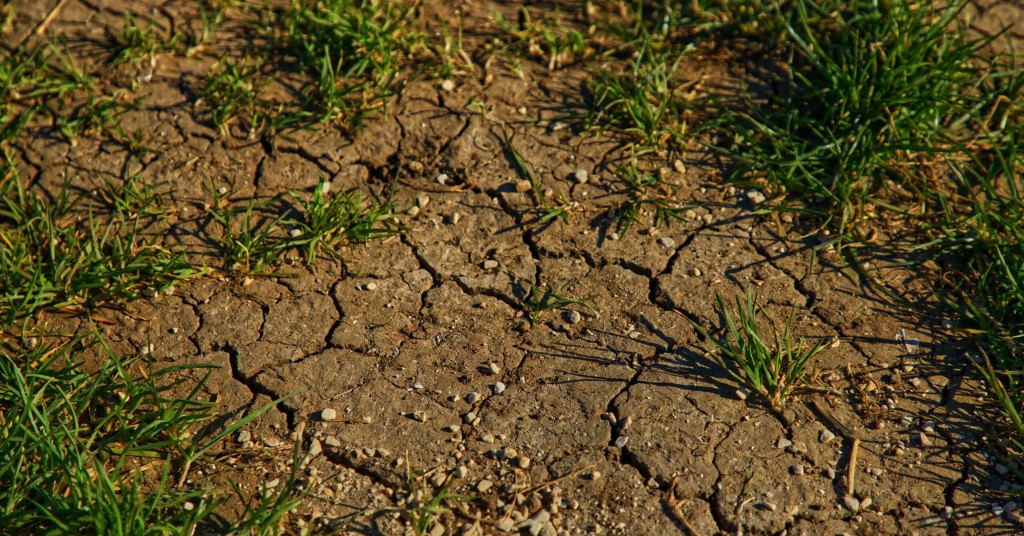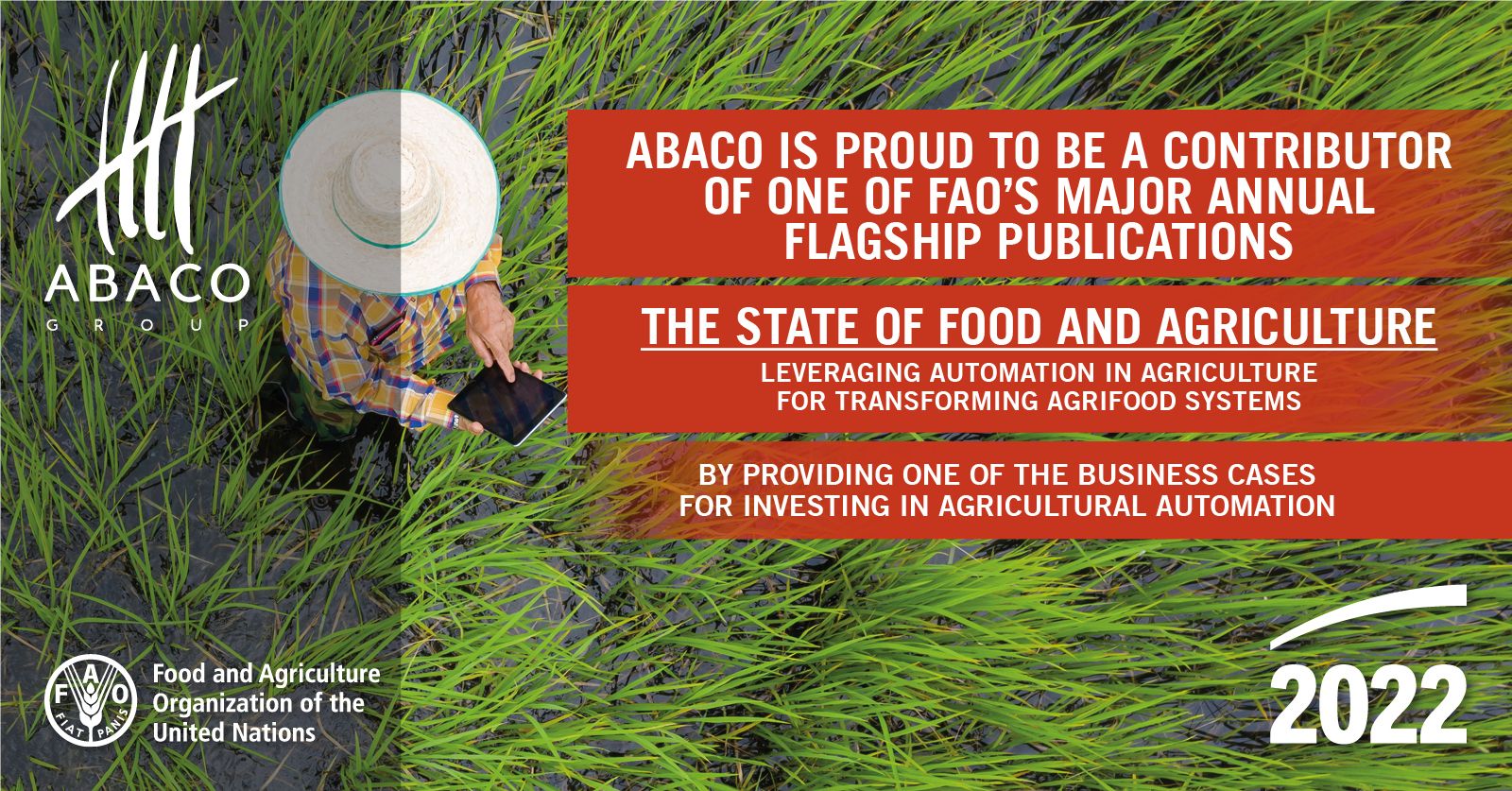Sustainability is a pathway: it is necessary to think predictively and have measurable goals and timelines.
Agriculture is one of the most impactful sectors on the ecosystem, with the European Environment Agency estimating to be responsible for 10 percent of greenhouse gas emissions at European level. In addition, populations keeps growing. With a need to meet an ever-increasing demand for food, climate change, as well as the loss of soil fertility, highlights the fact that the agricultural sector faces a challenge of an unprecedented scale on a global level.
In this scenario, therefore, sustainability becomes a key and strategic issue to achieve the environmental, economic and social goals set by the 2030 Agenda. To implement a true ecological transition of the sector, however, the ideal approach is to adapt sustainability, not as an abstract concept, but as a series of concrete actions, keeping in mind that sustainability is a pathway: it is necessary to think predictively, to give measurable goals and timelines. In addition, it is essential to understand what sustainability is all about to start with; real and reliable data and having technology in support to manage and monitor this data, so that it can be measurable.
The implementation of solutions, such as the digitisation of the production chain, can be the first step in adopting sustainable practices in agriculture and the agrifood industry. This will help ensure the clear mapping of processes and practices.
Sustainable agriculture, which is dependant upon emission performance management, is based on measures that are fundamental to embarking on the path of ecological transition, thanks to a focus on respect for, and conservation of, environmental resources. A sustainable choice derives first and foremost from a combination of aspects, mechanisms, conditions, and good practices that ensure the protection of the environment for future generations. It is therefore necessary to start from the assessment of different factors and incorporate them into a decision-making process that is based on real and measured data and leads to a conscious and targeted use of resources.
When talking about sustainability applied to the agricultural sector, it is important to consider, and keep track of, three basic factors and indices: the carbon footprint, the carbon stock, and the water footprint.
The carbon footprint consists of the calculation of CO2 emissions and is based on the main emission factors related to agricultural activity in the field, namely:
Field activities, such as the use of technical machinery such as tractors, etc.
Electricity consumption
Field activities, such as the use of technical machinery such as tractors, etc.

Volume of water evaporated from the soil during a production cycle.
Amount of water used during the irrigation phase of the crop production cycle.
Volume of water polluted during the production process, calculated as the volume of water required to dilute pollutants back to the initial quality standard.
Today, agriculture faces a massive challenge. We must face these challenges and work towards the ambitious goals set by the 2030 Agenda, among which are: to defeat hunger and act against climate change. It is essential to adopt the principles of sustainability, applying proven solutions based on the study of real and measureable data. Innovation through precision agriculture and real-time analysis, is a frontline ally in making the necessary ecological transition in our industry, which can no longer be postponed.




